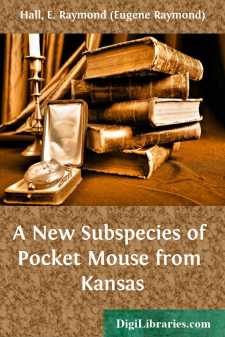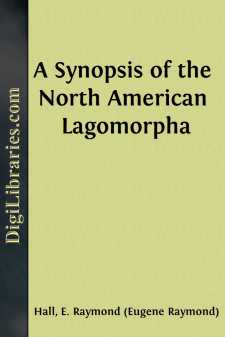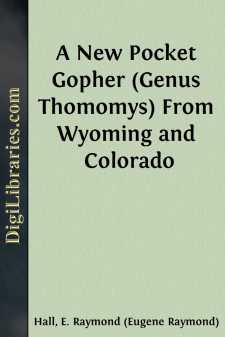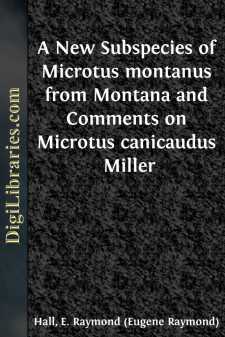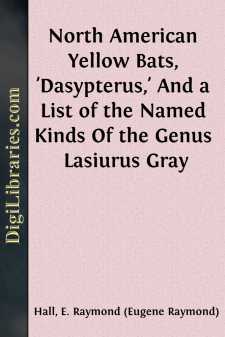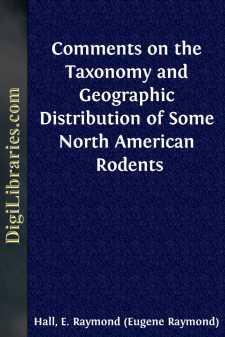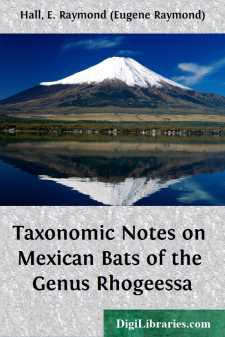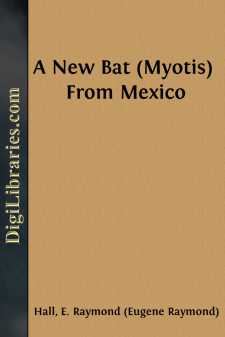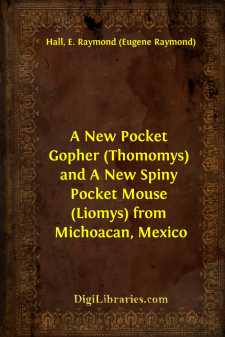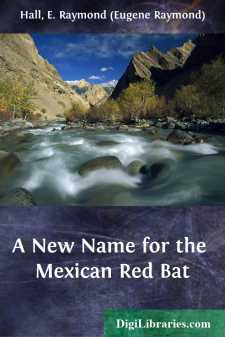Categories
- Antiques & Collectibles 13
- Architecture 36
- Art 48
- Bibles 22
- Biography & Autobiography 813
- Body, Mind & Spirit 142
- Business & Economics 28
- Children's Books 17
- Children's Fiction 14
- Computers 4
- Cooking 94
- Crafts & Hobbies 4
- Drama 346
- Education 46
- Family & Relationships 57
- Fiction 11829
- Games 19
- Gardening 17
- Health & Fitness 34
- History 1377
- House & Home 1
- Humor 147
- Juvenile Fiction 1873
- Juvenile Nonfiction 202
- Language Arts & Disciplines 88
- Law 16
- Literary Collections 686
- Literary Criticism 179
- Mathematics 13
- Medical 41
- Music 40
- Nature 179
- Non-Classifiable 1768
- Performing Arts 7
- Periodicals 1453
- Philosophy 64
- Photography 2
- Poetry 896
- Political Science 203
- Psychology 42
- Reference 154
- Religion 513
- Science 126
- Self-Help 84
- Social Science 81
- Sports & Recreation 34
- Study Aids 3
- Technology & Engineering 59
- Transportation 23
- Travel 463
- True Crime 29
A New Subspecies of Pocket Mouse from Kansas
Description:
Excerpt
When preparing distribution maps for a revised list of the Mammals of Kansas it became apparent to me that pocket mice of the species Perognathus flavescens from south-central Kansas and adjoining parts of Oklahoma were without a subspecific name. The new subspecies is named and described below.
Perognathus flavescens cockrumi new subspecies
Holotype.—Female, subadult (P4 moderately worn), skin with skull, No. 13045, Univ. Kansas Mus. Nat. Hist.; 4-1/2 mi. NE Danville, Harper Co., Kansas; December 1, 1939; obtained by Sam Tihen; original No. 99 of J. A. Tihen.
Range.—South-central Kansas south at least into Dewey County, Oklahoma.
Diagnosis.—Size small; upper parts Ochraceous-Buff (capitalized color terms after Ridgway, Color Standards and Color Nomenclature, Washington, D. C., 1912) heavily suffused with black; postauricular patches and a band 8 mm wide on each side Ochraceous-Buff; subauricular spot, underparts, and forefeet white; hind feet slightly dusky; tail brownish above and white below. Skull small; tympanic bullae small; rostrum wide; skull indistinguishable from that of P. f. flavescens from the same latitude in western Kansas.
Comparisons.—Perognathus flavescens cockrumi averages approximately 12 per cent smaller in linear measurements than the more northern Perognathus flavescens perniger Osgood (from Knox, Stanton and Cumming counties, Nebraska) but color of upper parts is essentially the same. From the more western Perognathus flavescens flavescens Merriam (from Seward, Hamilton and Morton counties, Kansas), cockrumi differs in being darker in all parts of the pelage except on the underparts which are white in both subspecies; the parts of the hairs that are Ochraceous-Buff in cockrumi are Light Ochraceous-Buff in flavescens; the back of cockrumi is blackish instead of yellowish. From the more southern Perognathus flavescens copei Rhoads (topotypes examined but not at hand as I write), cockrumi differs in duller more blackish (less bright and less reddish) upper parts. From Perognathus merriami gilvus, of more southern distribution, the new subspecies differs in much smaller tympanic bullae and wider rostrum.
Measurements.—The type, a male (35331/47596 U.S.B.S., from Cairo, Kansas, showing some wear on P4), and another male (60165 K. U., from Barber Co., Kansas, showing much wear on P4) measure, respectively: Total length, 114, 120, 124; tail, 51, 55, 58; hind foot, 17, 17, 18; occipitonasal length,——, 21.0, 21.6; condylobasal length (condyles to anterior end of premaxillae), 18.5, 18.6, 19.3; frontonasal length,——, 14.1, 14.3; mastoidal breadth, 10.5, 11.2, 11.2; length of bulla, 6.8, 7.1, 6.8; interorbital breadth, 4.7, 4.8, 5.1; alveolar length of upper molariform tooth-row, 3.1, 3.1, 3.0; interparietal breadth, 4.3. 4.6, 4.7.
Remarks.—The subspecific name cockrumi is proposed in recognition of Dr. E. Lendell Cockrum's important contribution to our knowledge of the mammals of Kansas. Dr. W. Frank Blair recently suggested to me that the two specimens examined by him from Kansas (the one from Ellsworth County and the one here designated as holotype) should not be referred to Perognathus flavescens copei Rhoads, as Cockrum (Univ. Kansas Publ., Mus. Nat. Hist., 7:146, August 25, 1952) had done, because copei is paler, instead of darker, than P....


